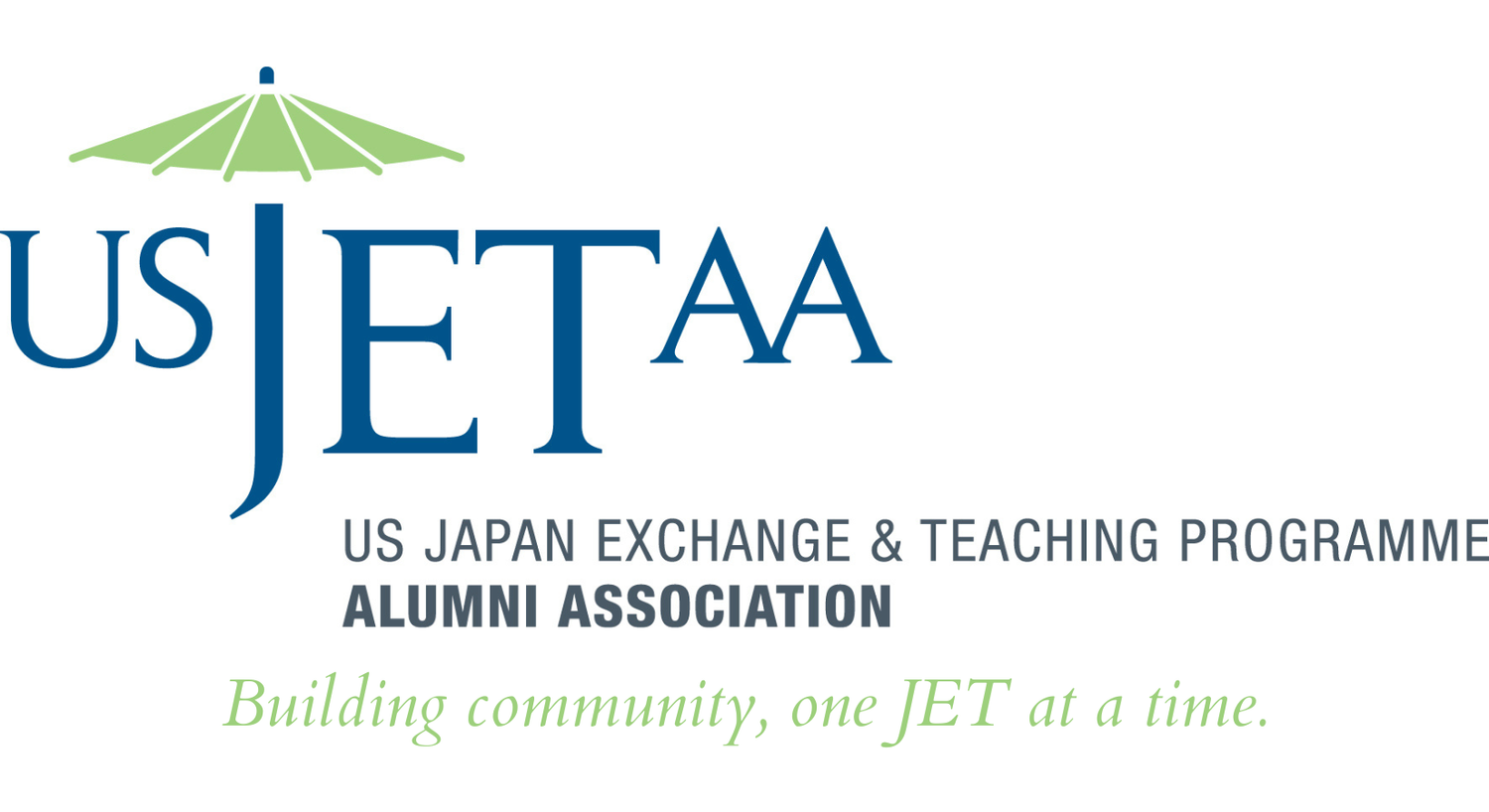Finding Roots in the United States and Japan through the Sound of Bamboo
TRAVIS SHAVER (Niigata 2016-2018)
Fresh out of college in Arkansas with a Bachelor of Music in Education, I was ready to traverse what to me was the new and unknown world of Japan. I didn’t know exactly what I would encounter, all I knew was that I wanted to be the best teacher I could be and learn the shakuhachi, a Japanese bamboo flute. I began lessons with my teacher in Joetsu City, Niigata, and had to learn a new notation system completely different from Western musical notation and a new tuning/scale system different from what I was trained in with pitches that don’t even exist in Western music.
Despite the difficulties I faced with the instrument, I am eternally grateful that I picked it up shortly after I arrived in Japan. The instrument taught me so much about both Japanese music and Japanese culture in general which helped me navigate my way through my everyday challenges. First and foremost, the forced immersion in the language helped me pick up Japanese faster than I could have ever imagined. The difficulty and subtleties in playing taught me about Japanese concepts of gaman (to persevere, often through self-denial) and ganbaru (to persist and do one’s best) as well as wabi sabi (finding beauty in imperfections/transience). Japanese musical concepts like ma—how silence is just as important as the notes that produce sound—helped me understand the way in which many of my teachers and students communicate. The shakuhachi also helped me connect with my students and teachers. It not only gave me a topic to talk about, it also motivated my students because they saw that I had an interest in their culture. On occasion . . .
This article is part of a guest-contributor partnership between the East-West Center in Washington and USJETAA in which former JET participants contribute articles relating to their experiences in Japan.

